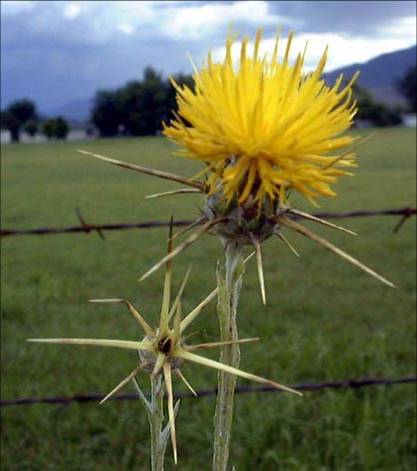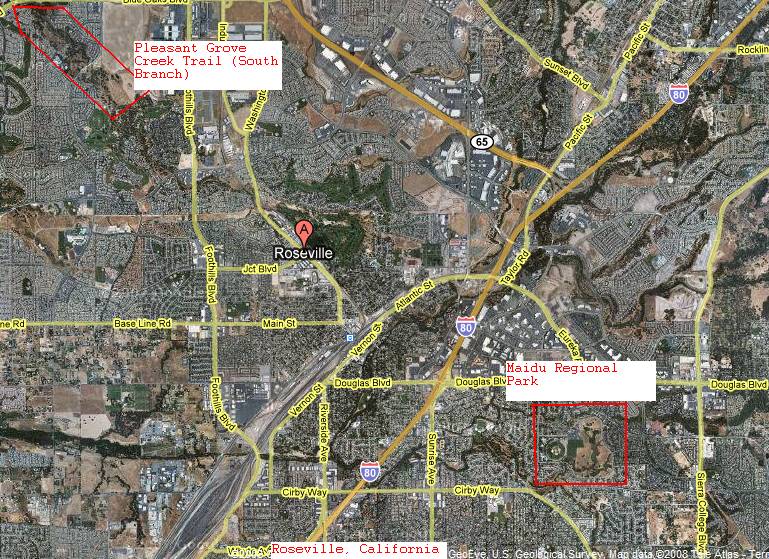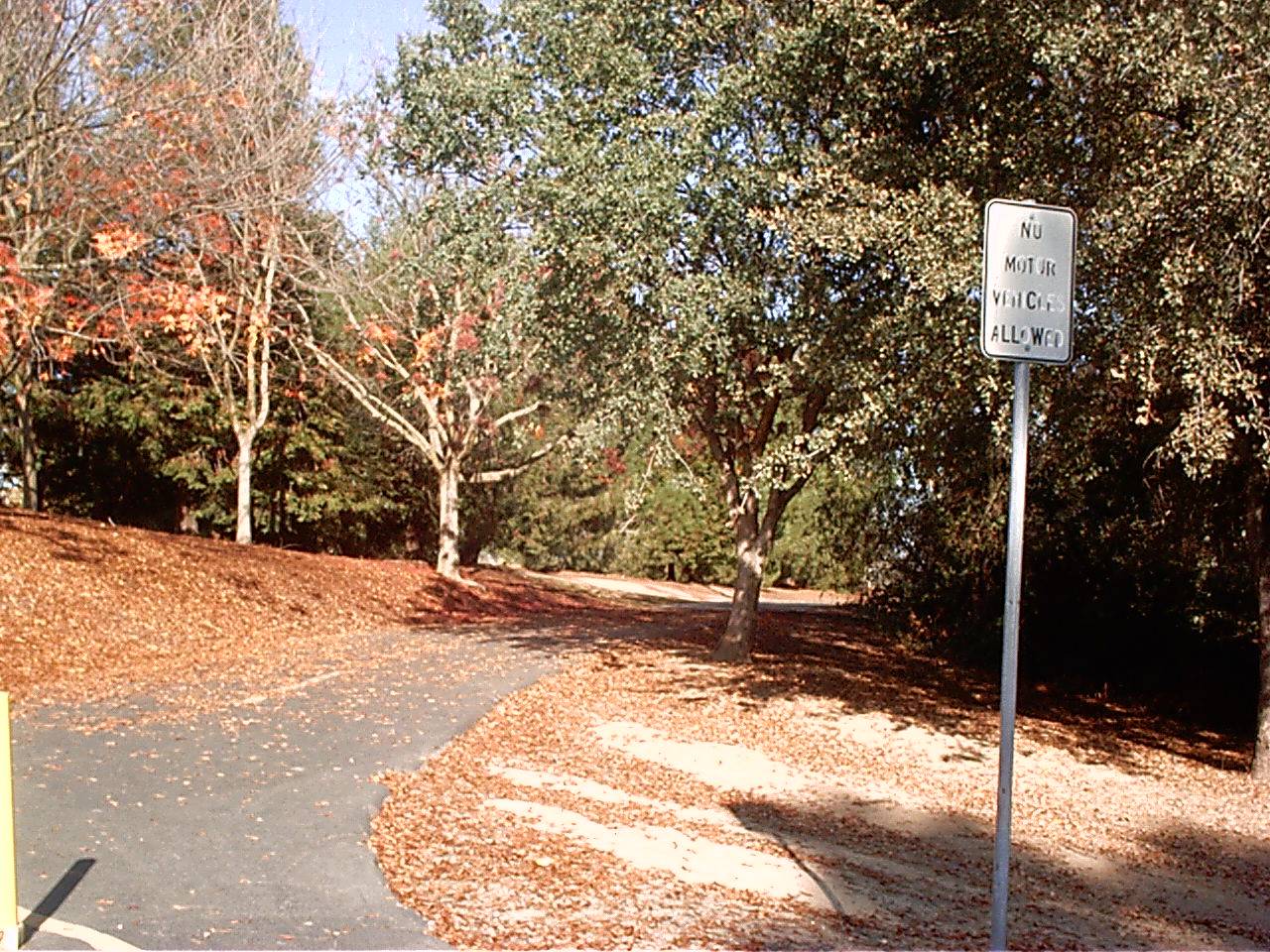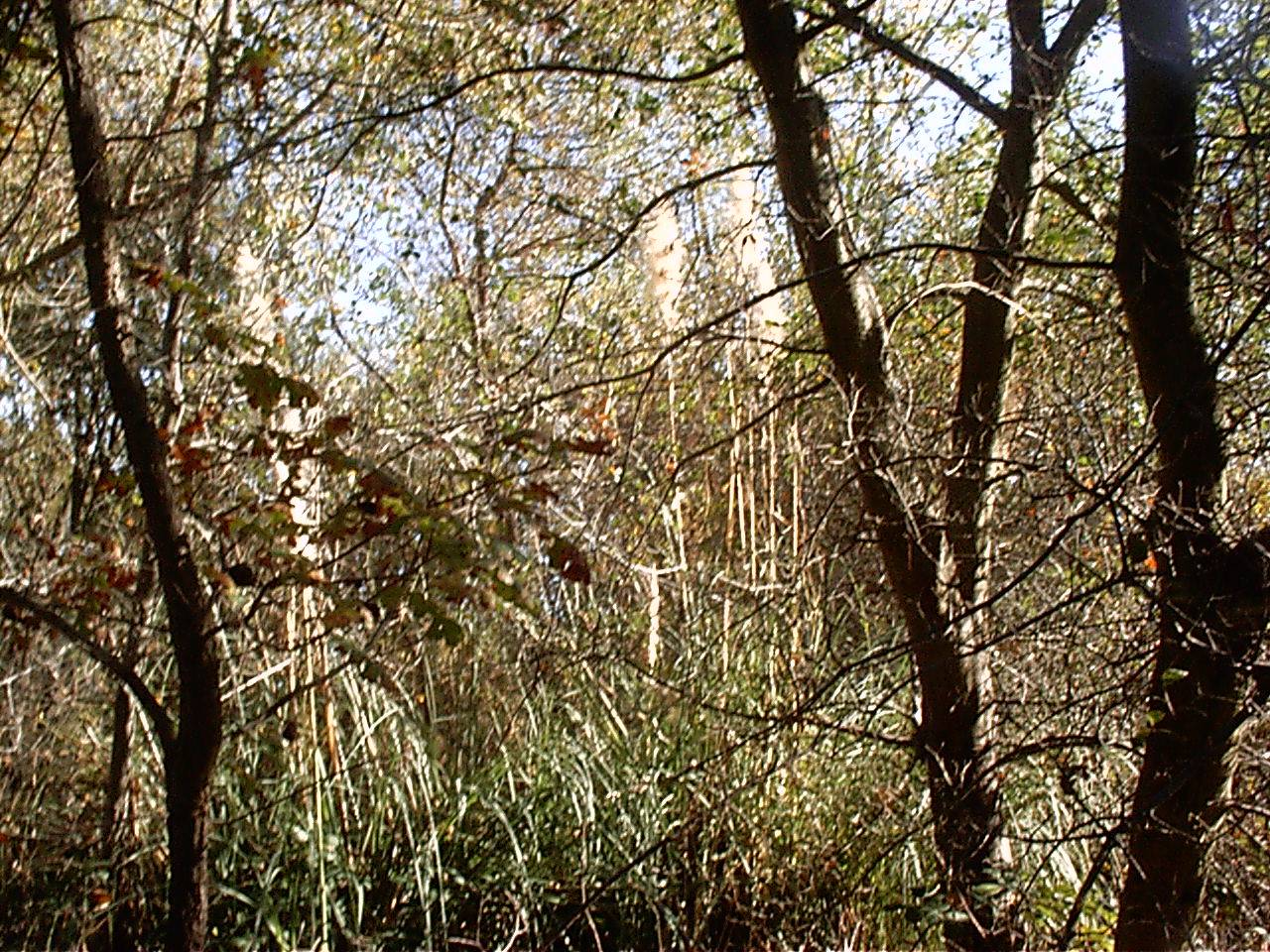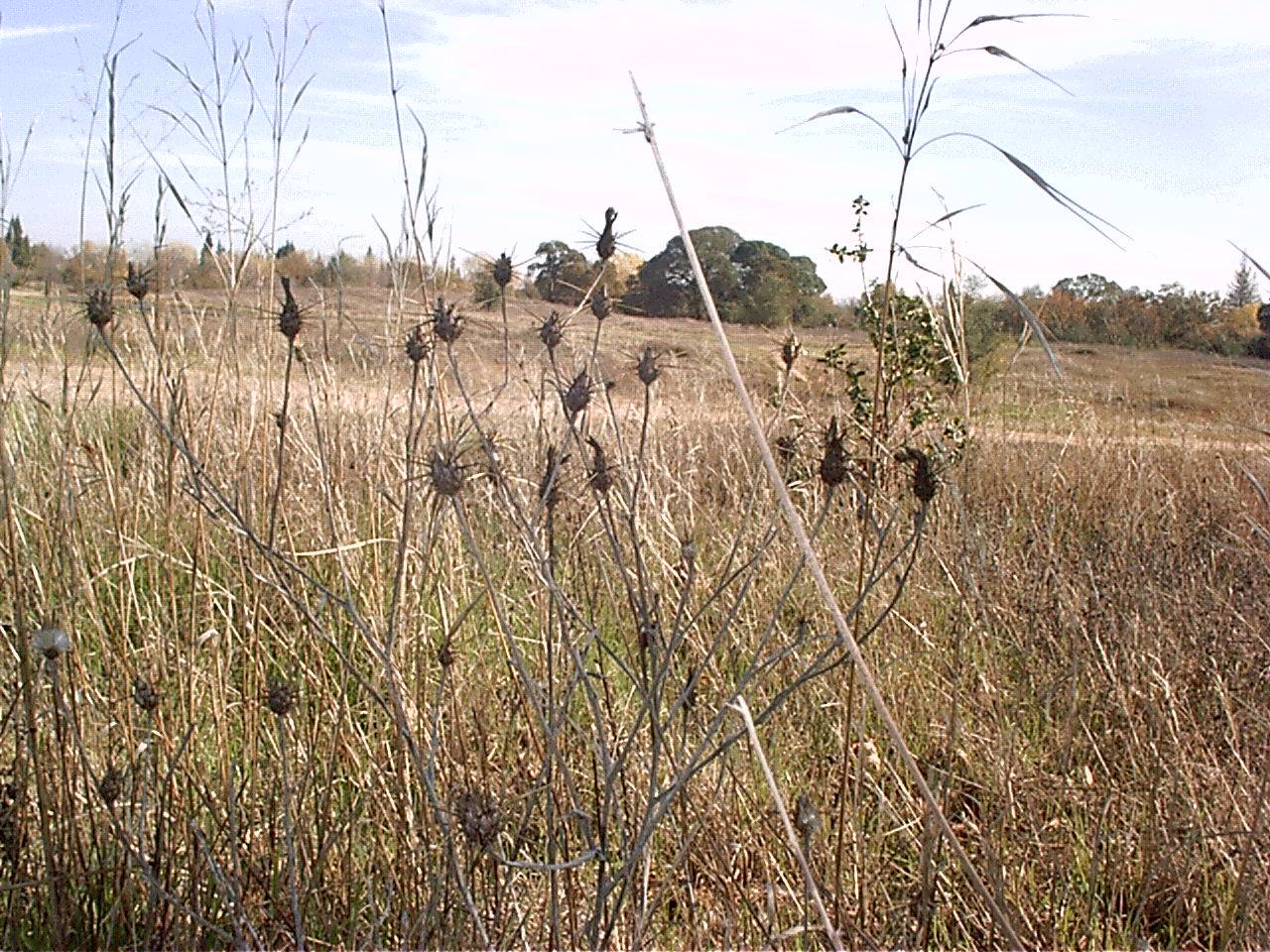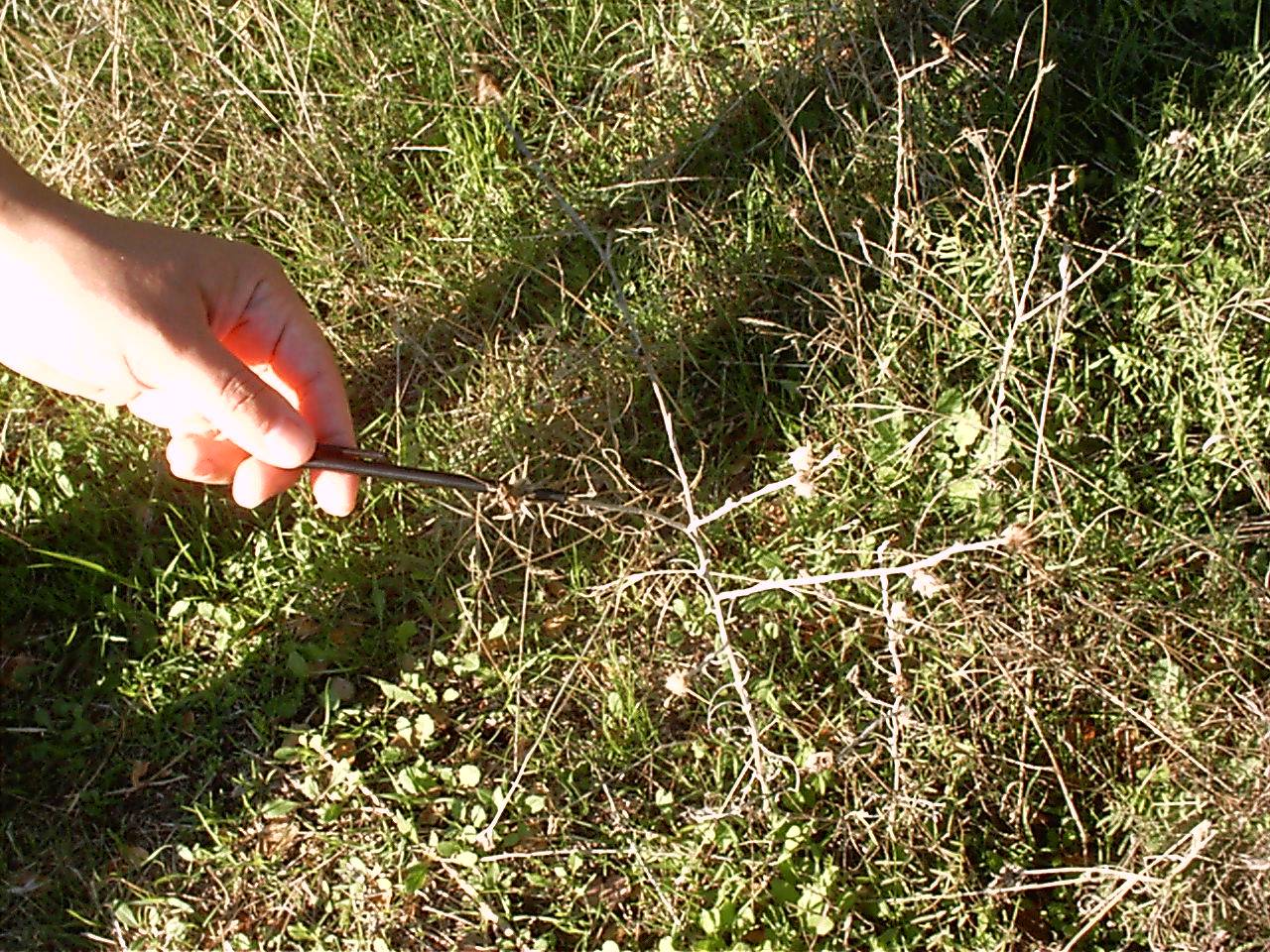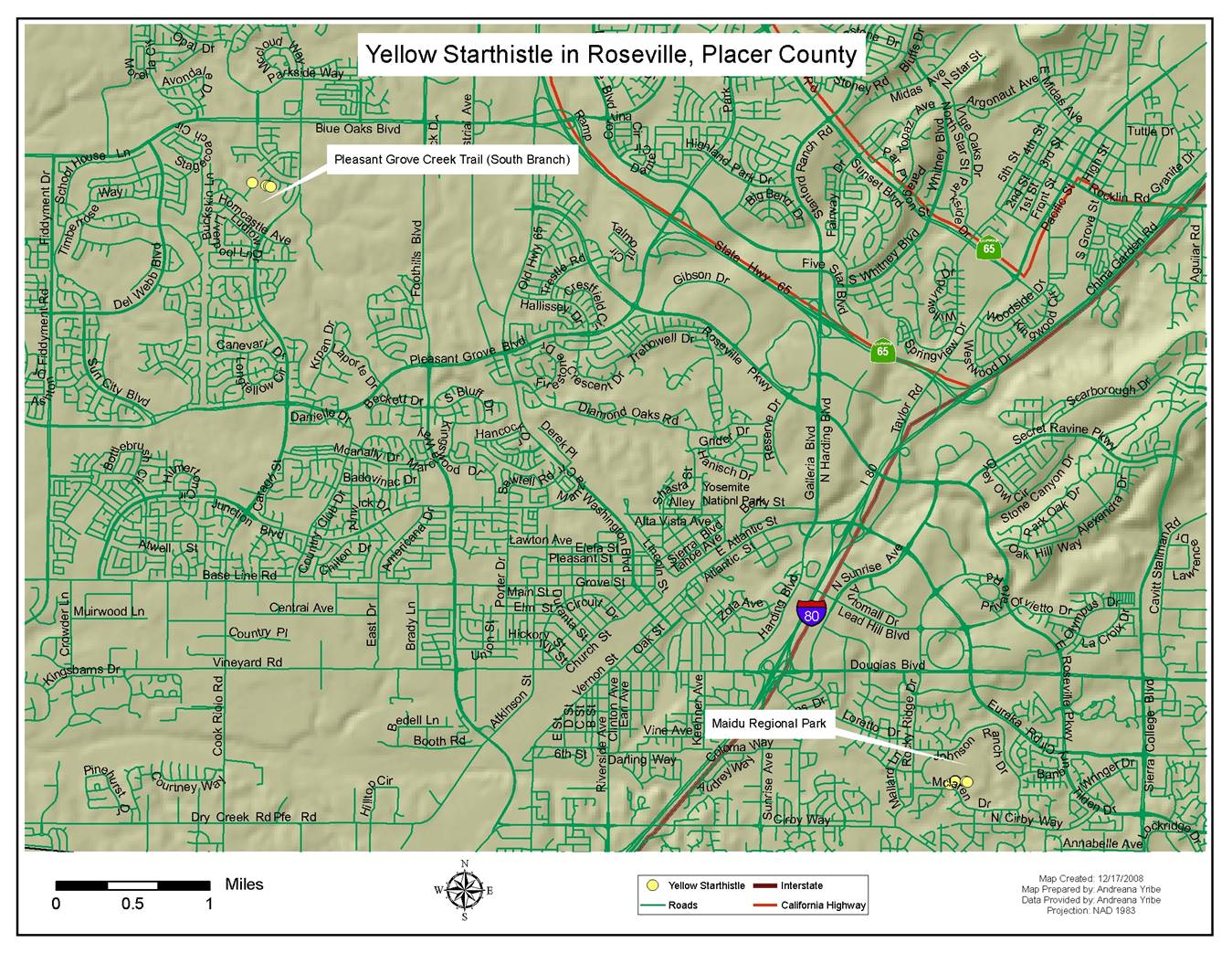| Title Yellow Starthistle | |
|
Author Andreana Yribe Geography 350 - Data Acquisition in GIS at American River College Fall 2008 Sacramento, California Contact Information: PO Box 745 Roseville, California Email Andreana | |
|
Abstract Yellow Starthistle as well as many other weeds are considered in the State of California to be invasive. Invasive, by definition, is characterized by or involving invasion. Invasive weeds and invasive species are a costly entity to the entire state. The State of California and countless organizations do their part in maintaining control and monitoring invasive species that enter into the State of California. These invasive species, if not monitored, can threaten our State’s economy, environment and ecological world. The State of California and others acquire data and monitor many invasive species through Global Position System (GPS) units and mapping the weeds into inventory. The State of California as well the other countless organizations use Geographic Information System (GIS) software to map and document the location of these invasive species throughout the state. My project is concentrated on the Yellow Starthistle and how I utilize a GPS unit and GIS software. My project is reflected by what the real world weed mappers would do in mapping weeds. My project takes place in Roseville, California. Within the city, there are two natural areas that I will focus on. The natural areas are near or on these parks/ trail in City of Roseville. With this project demonstrated as well as supported by excellent documentation and web sites in acquiring and maintaining data, the invasive species can be better monitored and controlled for California’s highly diverse landscape. The invasive weeds can be also be controlled with city and their efforts to decrease the level of invasive weeds in the natural and open areas that they have designated free from development. | |
|
Introduction In California, Yellow Starthistle grows annually and at times twice a year to about 2 meters tall (CDFA, 2008). Yellow Starthistle is ultimately considered be an invasive weed in the State of California. An invasive weed by definition is a species that effect the habitats they invade economically, environmentally, and ecologically (Wikipedia, 2008). Yellow Starthistle was brought in from South America in the mid-1800s by accident because it was a seed contaminant in Chilean-grown alfalfa seed (UC Davis, 2001). The Yellow Starthistle is heavily aggressive in flourishing in numerous areas where native habitats thrive. In its endless cycle, this invasive weed does not discriminate of where it can develop and prosper. Just to name a few of many places that this invasive weed can grow are from rangelands, parks, along side of many highways and roads, to all types of properties (residential, agricultural, commercial, industrial) and other places. According the California Department of Food and Agriculture (CDFA), there are 10-12 million acres in the state infested with the Yellow Starthistle (CDFA, 2008). Yellow Starthistle generates a high cost within the State of California. More specifically, the cost of water caused by Yellow Starthistle ranged from $3 million to much as $15 million annually (Darin, 2006).
The State of California is greatly saturated with Yellow Starthistle. Since Yellow Starthistle is rapidly spreading throughout California and beyond, it is extremely important to keep track of this unpleasant weed. A never-ending effort of record keeping has been maintained since Yellow Starthistle first came into California. There are numerous programs and organizations that are profoundly involved with not only the Yellow Starthistle impact of the state but many other invasive weeds that are in California. One of many is the California Invasive Plant Council (Cal-IPC). Cal-IPC’s mission is to protect California’s wildlands from invasive plants through restoration, research, and education (Cal-IPC, 2008). Cal-IPC is an excellent organization that gives much awareness to all walks of life on weeds impact and invasiveness. Cal-IPC, in my opinion, is a highly recommended organization for their vigorous efforts. There are so many magnificent people involved with this organization. The Cal-IPC organization as well as many other hard-working programs and organizations map and record the spread of Yellow Starthistle and many other weeds. My dataset collection is on the Yellow Starthistle from Roseville, California. More specifically, I will collect the Yellow Starthistle data on two parks/trails that the City of Roseville by using a GPS Garmin 76S. The first place of visit is Maidu Regional Park and the second place of visit is Pleasant Grove Creek Trail (South Branch).
| |
|
Background The acquiring of data and recordkeeping on invasive weeds takes time and effort. It takes time and effort from many people ranging from biologists, plant lab experts, Geographic Information System (GIS) analysts to weed collectors using a Global Positioning System (GPS) unit or gathering a plant sample to question if it is an invasive weed. Also much equipment is utilized in collecting data and weeds from vehicles, boats to GPS units and GIS software. Even for aquatic plants, special gear must be used for data collection. Weed data collectors have utilized helicopters where it is unreachable by vehicle or foot. Also utilized are planes for aerial photography and capturing the observation and sampling of weed-infested areas (Cal-IPC, 2008). Weed infestations are best represented on a map. Records should indicate weed species present, areas infested, weed density, land under threat of invasion, soil and range types, and other site factors pertinent to weed management (Sheley et al. 1998). For a map to be produced and distributed the techniques used are GPS units and GIS software (DiTomaso, 2006). Acquiring a data collection is crucial in many instances. The acquiring of data is mainly used for tracking the invasive weeds. Data collection can be used for analysis, education, communication and awareness. Data collection can also be used for public policy, set strategic goals and priorities, and predict areas potentially subject to (CDFA, 2002). | |
|
Methods My interest of invasive weeds came from where I am currently employed. My employer is the State of California Department of Food and Agriculture (CDFA). As my interest for invasive weeds began to grow, I wanted to take this opportunity to utilize what the real weed collectors use out there in data collection of invasive weeds. It was an exciting time to get out there and see what was really out there in my community. I knew what I wanted to use, but I did not know if I would succeed in using the equipment to collect my data. On a Saturday afternoon, I ventured out to Maidu Regional Park in Roseville. I headed toward the trail area which is situated in the back of the park. The methods that I utilized in my data collection sample for the Yellow Starthistle include marking the waypoint using a Garmin 76S loan to me by American River College, downloading the waypoints in DNR Garmin, projected my coordinates in NAD83, uploading the waypoints into ArcMap, capturing photographs of the Yellow Starthistle.
During my walk to observe if there was any Yellow Starthistle in the area, I came across Pampas Grass. I did not expect pampas grass at all. The Pampas grass was in the creek adjacent to the trail. Pampas grass is also considered an invasive weed. I know that there are a few types of Pampas Grass, but I know should not be in the creek. It appears as though it has been growing there for more than 1-2 years. It was disappointing because the City of Roseville has a pamphlet that they give to their community about planting invasive weeds in the city. Visit their article here.
Along the trail, I took pictures to visually show where I was. Generally, the weed collectors do that for future observers (occasionally) to show a visual. I stumbled upon Yellow Starthistle! At first I was surprised, but then again I thought not to be. Since this weed is out of control and grows almost everywhere in the State of California, this weed was on the trail.
The invasive weed was in a large and open area. Even though some of the Yellow Starthistle was dry, some of the weeds were still fresh, still thriving. These points were marked in late November. I took some photographs of what I had observed and then proceeded to my next location, Pleasant Grove Creek Trail (South Branch).
Arrived at the Pleasant Grove Creek Trail and began my walk along the trail. At first I did not see any and thought that this area was free of weeds, at least of Yellow Starthistle. As I continued walking to search for what I was looking for, I saw a trail that was not a part of the major trail, so I went in that direction and came upon a great patch of Yellow Starthistle. For all the waypoints that I had marked for this project, I recorded the number onto a small notebook with the corresponding weed and location. The GPS unit automatically assigns a number to the waypoint when marked.
| |
|
Results I maintained all information on the small notebook which was indeed helpful. I created visuals and marked all my waypoints of Yellow Starthistle. I downloaded the waypoints into the DNR Garmin while the GPS unit was plugged into the computer. DNR Garmin is a software that one can download from the State of Minnesota. The waypoints downloaded successfully and I then projected my coordinates. At work we use North American Datum 1983 (NAD83). So, I used it because I was use to using that projection. I then saved the waypoints as shapefile for ArcMap. Once ArcMap was opened, I added the data of waypoint with the a State of California layer, county layers, street layers, hillshade, and made sure that every layer were consistent with each other in NAD83. I also added labels with title, a small legend, map information, scale bar, and north arrow. Once I finished with the map, it looked like this:
| |
|
Analysis The results generated from my data acquisition were outstanding. I was impressed because all the equipment that I used was a success for me and my project. In my daily job, I have lots of exposure to the utilization of ArcMap. I also have plenty of exposure of ArcMap in my classes here at American River College. I am familiar with the Garmin 76S regarding its basic usage. I am not an expert, but with time and training, this kind of work is easy for almost anyone to do. When this project was thought of initially, I did not know if there were weeds in the location of where I wanted to observe. In general a good rule of weed collecting is to check whether the weeds are present in the location or not. This is a good method as well as recording where weeds are present. All status of weeds is important to record, so that in the future, observers will know whether the weed was there in prior observations (CDFA, 2002). I had no prior knowledge of whether there would be any weeds or not in these locations. However, since finding Yellow Starthistle in the parks and trails (even finding more than one type of invasive weed) tells me that Yellow Starthistle is indeed highly scattered throughout California. This is not new news to many in the weed world. But a person like me who is not a weed expert, the importance of having weeds recorded and making maps is important more than a lot of people realize. The Yellow Starthistle as well as many other invasive weeds can spread rapidly if not recorded and mapped. In time, if this was to happen, our agriculture as well as our native habitats in California would be heavily impacted by invasive weeds and have a difficult time on the continuation to thrive. The landscape and natural beauty of California would forever be changed and California would be a haven for invasive species. In addition, the City of Roseville and their park maintenance has some cleaning of weeds to do in these areas especially those that are designated to be open and natural areas. I am strongly thinking of writing a letter of concern as a resident. City of Roseville is a wonderful place to live since they have these open and natural areas free from development. However, these open and natural areas should be free of invasive weeds. | |
|
Conclusions In conclusion even though I am not a weed expert, anyone and everyone can help out in their community and make their city aware of any invasive weeds in open and natural areas. With a little book reading and identifying the kind of weeds that are out there, it is something that can be made aware of to anyone that the importance of invasive weeds. Acquiring data is vital from all aspects for the State of California. California’s economic strength, well most of it, comes from the agriculture that this state produces year round. California’s environment is highly diverse and thus highly sensitive so we must take care of our environmental surroundings and those we want to preserve and conserve. California’s ecological world is also highly diverse as well as highly sensitive and it must be taken into consideration not only by monitoring the activity of invasive weeds but the human impact as well. | |
|
References California Department of Food and Agriculture (CDFA), California Department of Fish and Game (CDFG), California Exotic Pest Plant Council (CalEPPC), U.S. Forest Service (USFS), and NBII California Information Node (CAIN). California Weed Mapping Handbook. September 2002. September 30, 2008. http://cain.ice.ucdavis.edu/weedhandbook. California Invasive Plant Council (Cal-IPC). 2008. September 30, 2008. http://www.cal-ipc.org/. City of Roseville - Department of Parks and Recreation. “Doing Your Part to Care for Our Open Space.” City of Roseville. Ed. City of Roseville. 2008. November 15, 2008. http://www.roseville.ca.us/civica/filebank/blobdload.asp?BlobID=10709#page=1 . Darin, Gina. “Do You Know: Yellow Starthistle?” Noxious Times. Ed. California Department of Food and Agriculture (CDFA). Spring 2006. Page 7. December 19, 2008. http://www.cdfa.ca.gov/phpps/ipc/noxioustimes/pdfs/2006spring.pdf. DiTomaso, Joseph M., Guy B. Kyser, and Michael J. Pitcairn. October 2006. Yellow Starthistle Management Guide. Published by California Invasive Plant Council. 8:55. Encycloweedia. California Department of Food and Agriculture (CDFA). 2008. September 30, 2008. http://www.cdfa.ca.gov/phpps/ipc/weedinfo/centaurea2.htm. Invasive Species. Wikipedia. December 15, 2008. Wikipedia, the Free Encyclopedia. December 19, 2008. http://en.wikipedia.org/wiki/Invasive_weed. Open Space: A Valued Resource. City of Roseville – Department of Parks and Recreation. City of Roseville. 2008. November 15, 2008. http://www.roseville.ca.us/parks/parks_n_facilities/parks_in_roseville/open_space.asp. Sheley, R.L., J.S. Jacobs, and M.F. Carpinelli. 1998. Distribution, biology, and management of diffuse knapweed (Centaurea diffusa) and spotted knapweed (Centaurea maculosa). Weed Technology. 12:353-362. Weed Research and Information Center. University of California at Davis. November 15, 2008. September 30, 2008. http://wric.ucdavis.edu/yst/. | |
